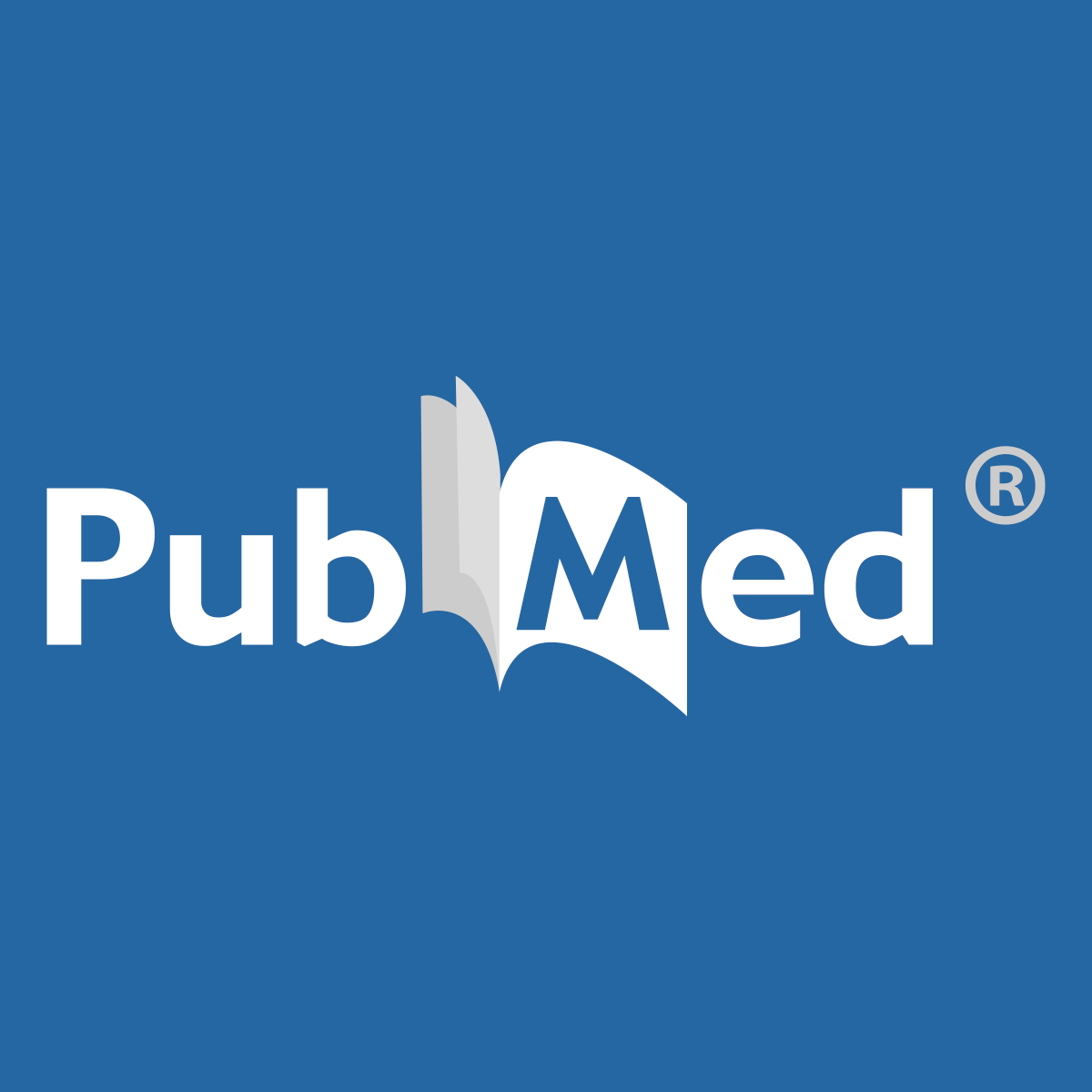By: Laura M. Stevens, Erik Linstead, Jennifer L. Hall, David P. Kao
Originally published: 9 Feb 2021
Abstract
Background:
Coronary heart disease, heart failure (HF), and stroke are complex diseases with multiple phenotypes. While many risk factors for these diseases are well known, investigation of as-yet unidentified risk factors may improve risk assessment and patient adherence to prevention guidelines. We investigated the diet domain in FHS (Framingham Heart Study), CHS (Cardiovascular Heart Study), and the ARIC study (Atherosclerosis Risk in Communities) to identify potential lifestyle and behavioral factors associated with coronary heart disease, HF, and stroke.
Methods:
We used machine learning feature selection based on random forest analysis to identify potential risk factors associated with coronary heart disease, stroke, and HF in FHS. We evaluated the significance of selected variables using univariable and multivariable Cox proportional hazards analysis adjusted for known cardiovascular risks. Findings from FHS were then validated using CHS and ARIC.
Results:
We identified multiple dietary and behavioral risk factors for cardiovascular disease outcomes including marital status, red meat consumption, whole milk consumption, and coffee consumption. Among these dietary variables, increasing coffee consumption was associated with decreasing long-term risk of HF congruently in FHS, ARIC, and CHS.
Conclusions:
Higher coffee intake was found to be associated with reduced risk of HF in all three studies. Further study is warranted to better define the role, possible causality, and potential mechanism of coffee consumption as a potential modifiable risk factor for HF.











